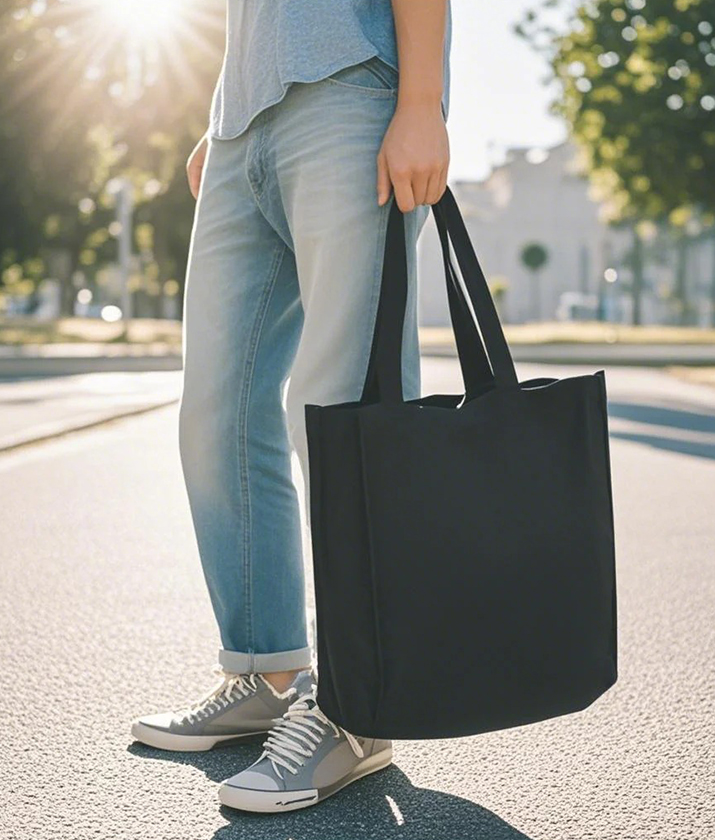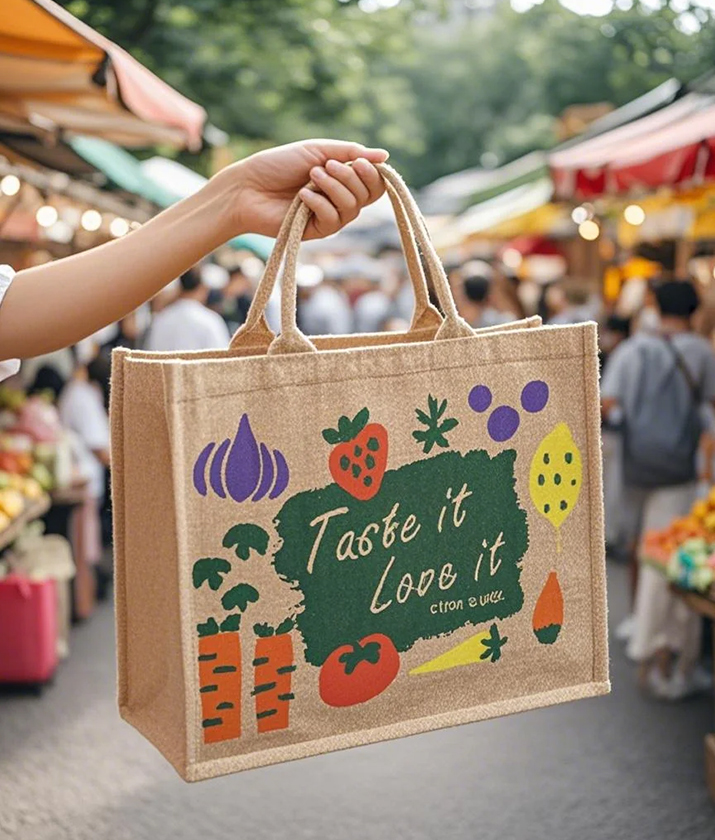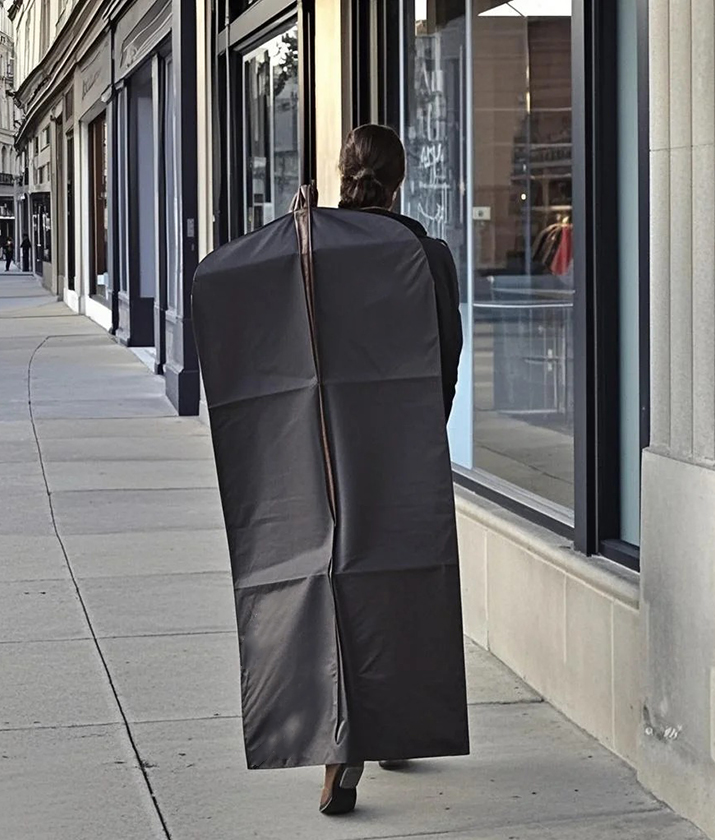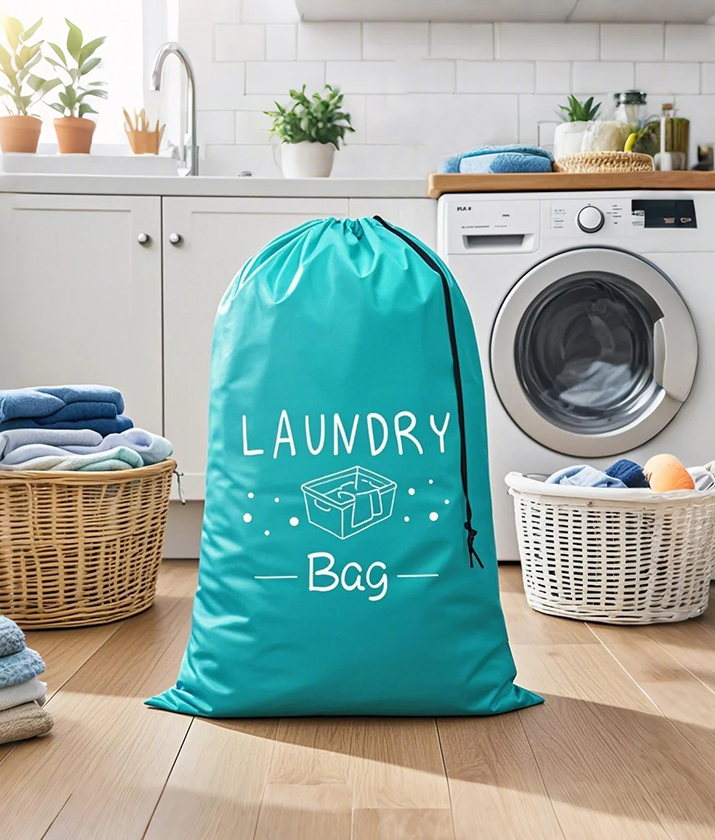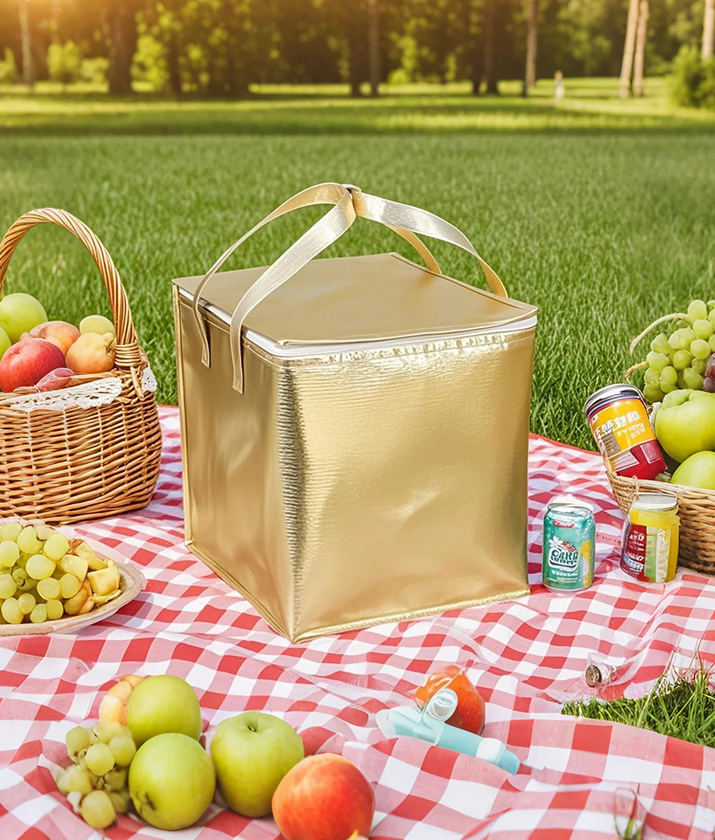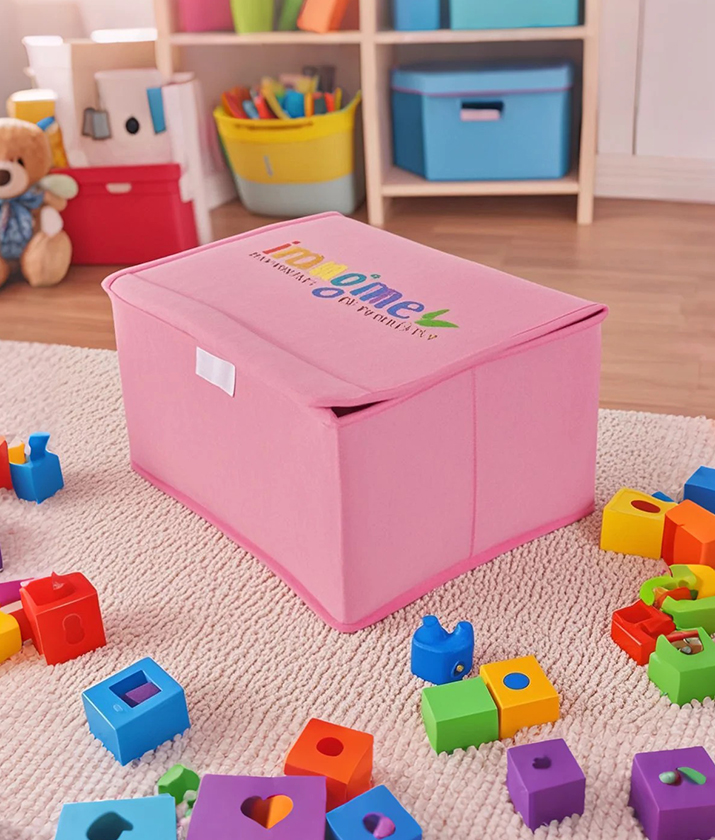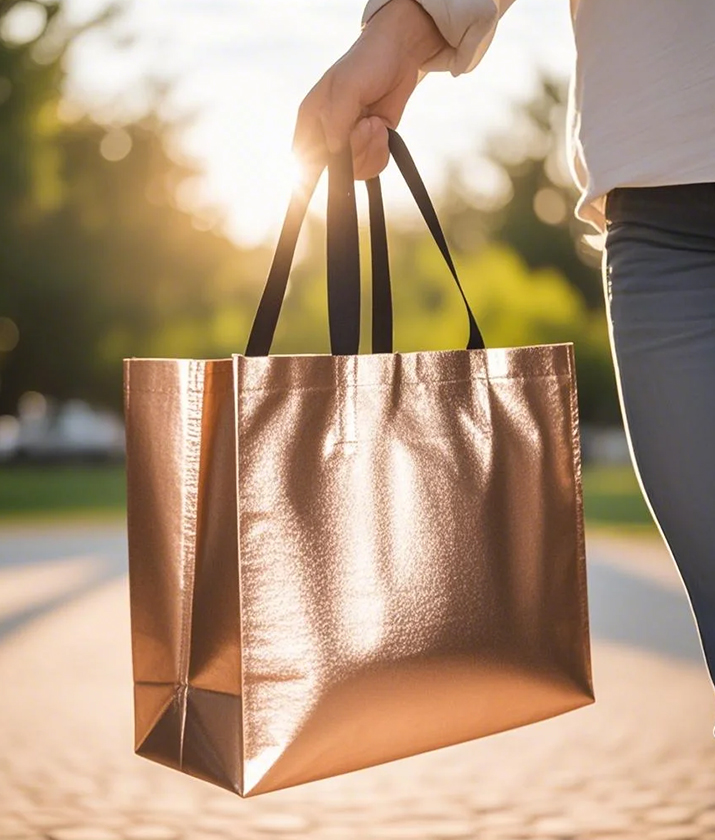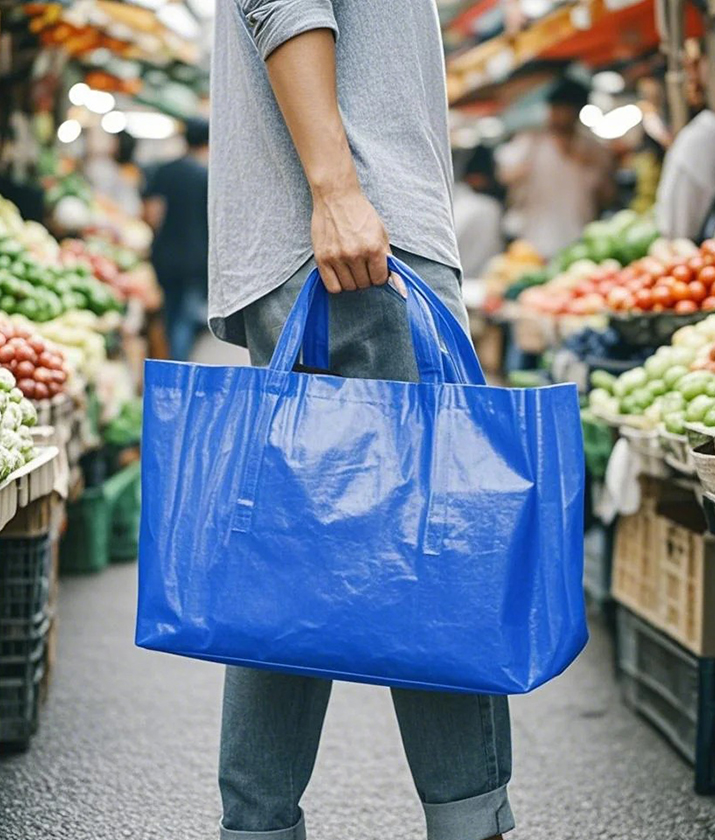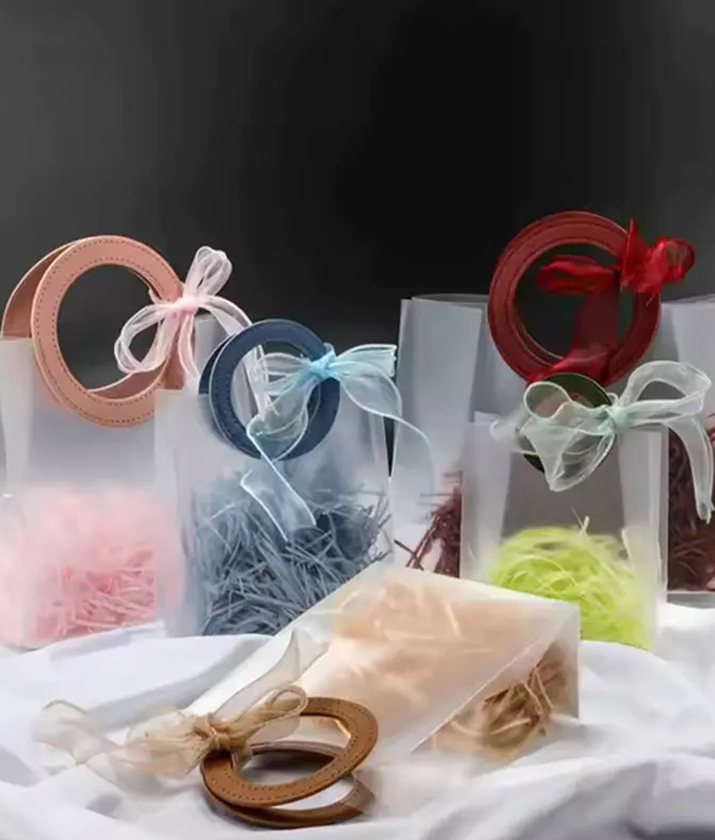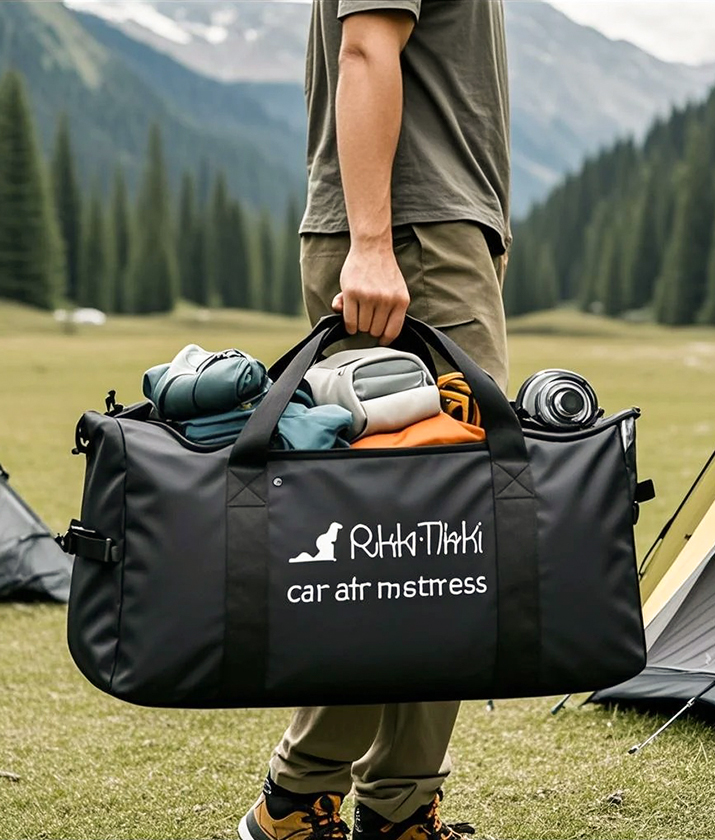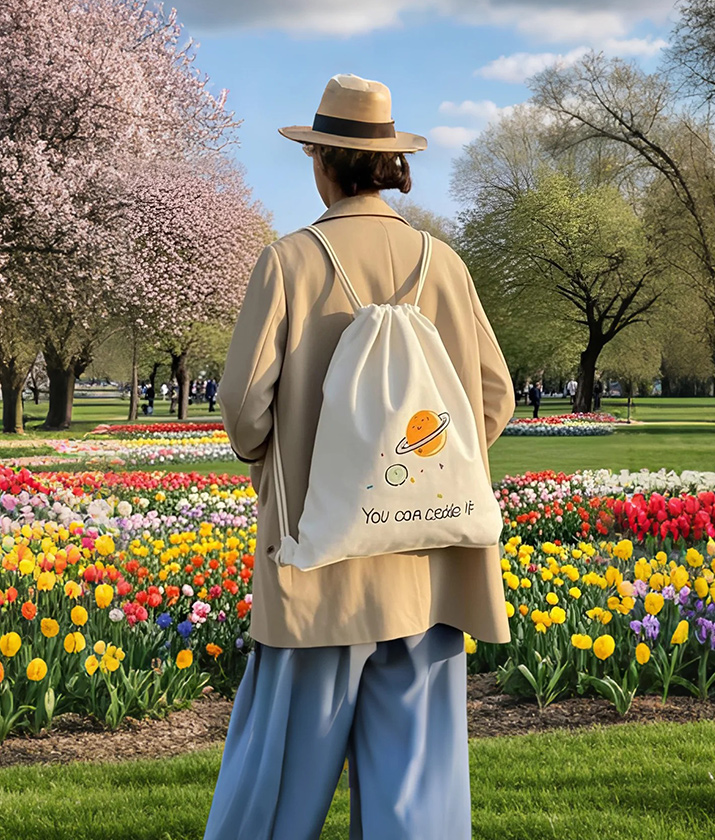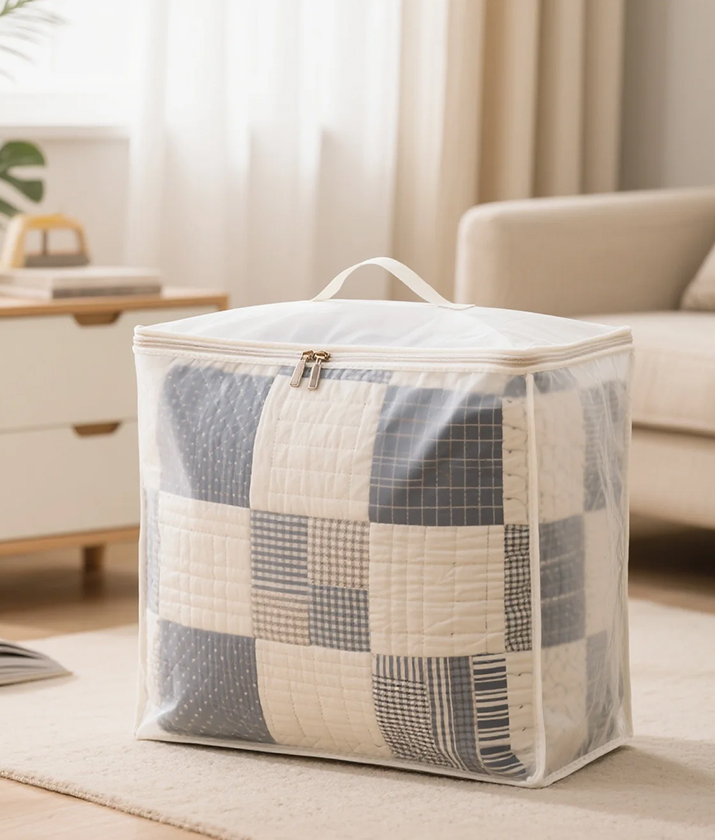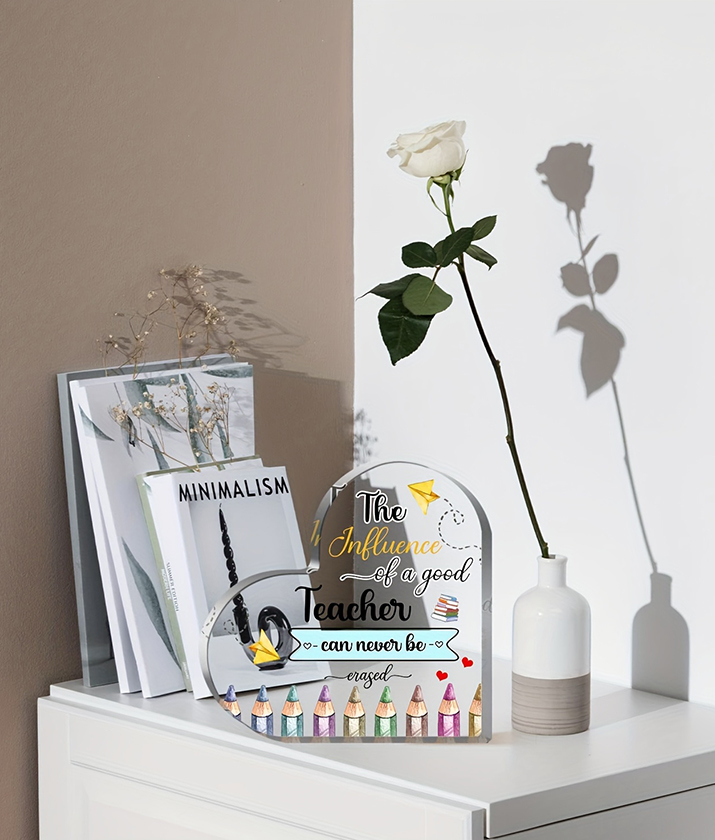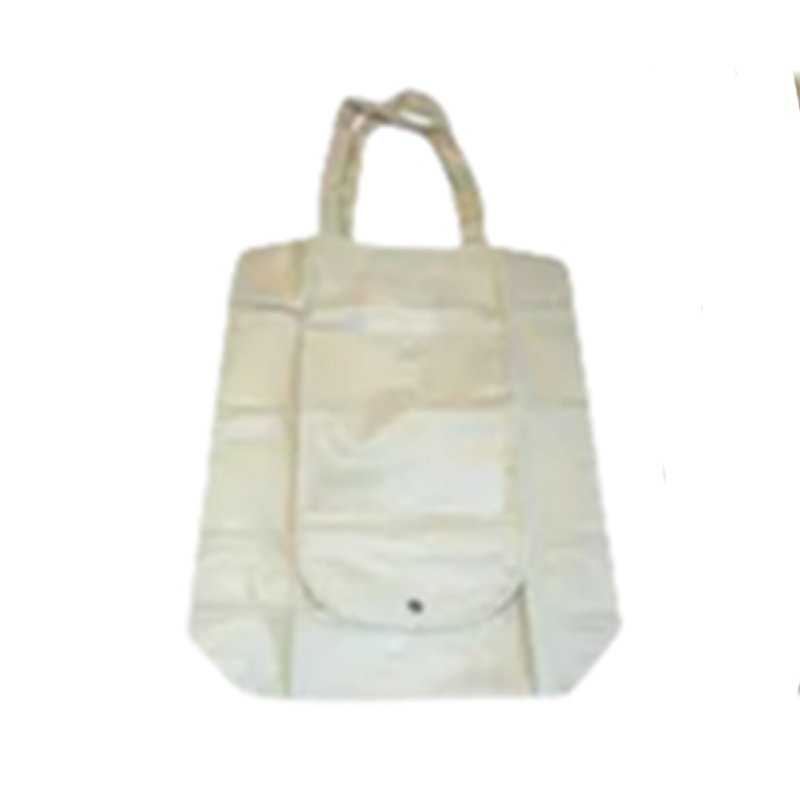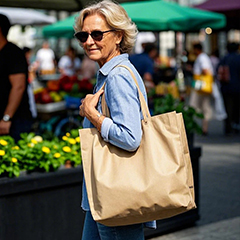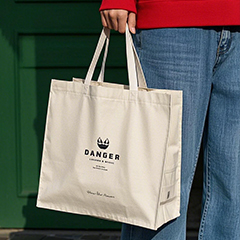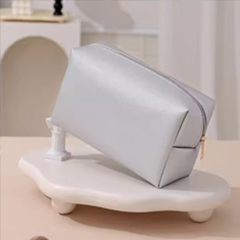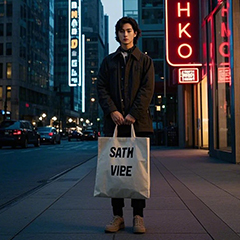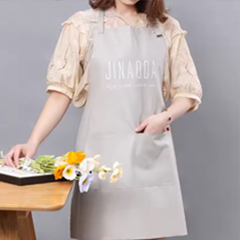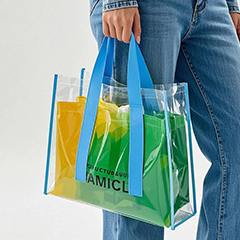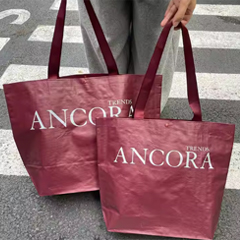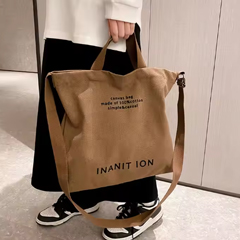

The Sustainable Rise of Non-Woven Shopping Bags
2025-08-15
As environmental consciousness grows worldwide, non-woven shopping bags have emerged as the preferred alternative to single-use plastic bags across retail sectors. These durable, reusable carriers combine eco-friendliness with practical functionality, offering businesses and consumers an effective solution for reducing packaging waste. Non-woven shopping bags stand out for their exceptional strength-to-weight ratio, making them suitable for everything from grocery runs to high-end retail purchases.
Recent innovations in production technology have significantly enhanced the quality and appeal of non-woven shopping bags. Modern manufacturing processes create fabrics with improved texture and drape, elevating the bags' aesthetic value while maintaining their renowned durability. Today's non-woven shopping bags feature reinforced stress points and smoother handles, addressing common wear issues and enhancing user comfort. These advancements have expanded the applications of non-woven shopping bags beyond basic shopping needs to include promotional events, corporate gifts, and everyday personal use.
The retail industry has embraced non-woven shopping bags as powerful branding tools that communicate environmental responsibility. Customizable printing surfaces allow businesses to transform non-woven shopping bags into mobile advertisements that gain visibility with each reuse. The material's outstanding print retention ensures logos and designs remain vibrant through repeated use and washing, big the marketing potential of every distributed bag. This dual benefit of sustainability and brand exposure makes non-woven shopping bags particularly valuable for retailers building eco-conscious identities.
Supermarkets and grocery chains have driven much of the innovation in non-woven shopping bag design. Heavy-duty versions with wide, comfortable handles and reinforced bottoms comfortably accommodate heavier loads while maintaining their shape. Some grocery-focused non-woven shopping bags now include specialized compartments for fragile items or insulated sections for temperature-sensitive goods. These practical improvements encourage shoppers to make the permanent switch from disposable options to reusable non-woven shopping bags.
The fashion and luxury sectors have adopted premium versions of non-woven shopping bags that complement their brand aesthetics. High-end variations feature fabric linings, decorative stitching, and sophisticated color palettes that align with seasonal collections. The ability to produce non-woven shopping bags in various textures and finishes allows luxury retailers to maintain their premium image while meeting sustainability goals. This application demonstrates how non-woven shopping bags can transcend their utilitarian origins to become fashion accessories in their own right.
Durability testing protocols for non-woven shopping bags have become increasingly rigorous as quality expectations rise. Manufacturers now subject non-woven shopping bags to repeated weight tests, abrasion resistance trials, and weather exposure experiments to ensure long-term performance. predominant non-woven shopping bags withstand hundreds of uses while maintaining their structural integrity and appearance, offering consumers exceptional value over time. These quality assurances help build consumer trust in reusable bag solutions.
Corporate sustainability programs have incorporated non-woven shopping bags as visible demonstrations of environmental commitment. Many businesses now distribute custom non-woven shopping bags at conferences, trade shows, and corporate events. These practical giveaways extend brand visibility while promoting reusable alternatives to disposable packaging.
Future developments in non-woven shopping bag technology may include embedded RFID tags for smart recycling and compostable water-resistant coatings. As circular economy principles gain traction, non-woven shopping bags made from post-consumer recycled materials will likely become standard. These innovations will further solidify non-woven shopping bags as essential tools for sustainable retail in the coming decade.

 English
English русский
русский Español
Español